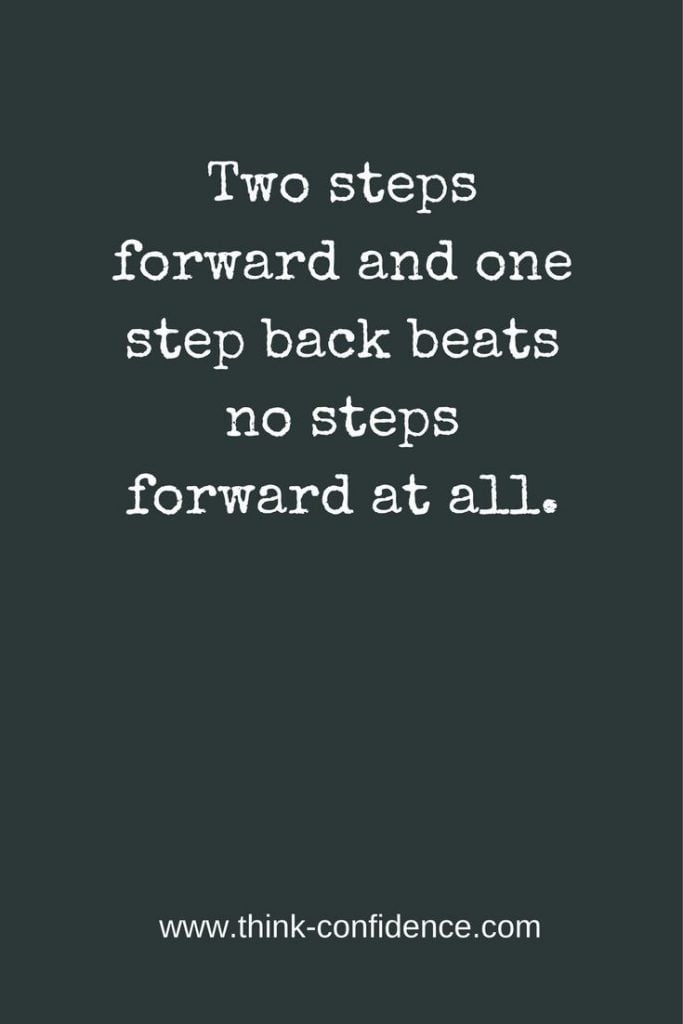One of my superiors at work once told me that they admired how I always said what needs to be said, without any fear.
His feedback took me by surprise.
I had so many memories of sitting in meetings with this person, anxiety searing my chest, as I geared myself up to say something that I dreaded saying. Everything in my body was screaming at me to just stay quiet. But I knew that I needed to speak.

The problem is that when we don’t speak up, or aren’t saying what needs to be said, we end up feeling frustrated, resentful and angry later on. We disagree with decisions that have been made, without ever having shared why we feel the way we feel. We haven’t given the other person to explore a point of view they may not have even thought of. And yet, we then ruminate over why the decision they made was wrong.
None of it makes any sense.
During those years of animated meetings, I wanted desperately to stay in my comfort zone. The last thing I wanted was to face the awkward moments that often come from saying what needs to be said.

But I had made myself a promise that I would no longer let fear control me.
In fact, I had made a pact with myself that the minute I realized that fear was holding me back from doing something, I would work to figure out exactly what I was so afraid of, and would find a way to work through that fear.

Deep down, I knew that doing things that scared me would ultimately give these things less power over me. It would make them less scary.
Speaking up in environments where contributions were sometimes met with judgment or criticism was one thing that scared me.
And what I saw, little by little, was that, by practicing facing these fears, I gradually became more and more comfortable with saying what needs to be said, despite my fears. The fear itself diminished. I would be lying if I said it disappeared entirely. But it became much less scary to repetitively speak up during very challenging conversations.
I eventually got to a point where, years later, I was perceived by my superior as someone who is always saying what needs to be said, without fear.
The compliment wasn’t quite accurate. But it was definite progress over the days when I would have allowed myself to be silenced.
Have you ever found yourself wanting to say something, but afraid to say it?
As I reflect back on my journey to conquer this fear, I can identify some concrete steps that I needed to pass through to get myself to a place where that fear no longer took hold over me. These are general steps that apply to help us conquer whatever fears we might be facing in our life at a given moment.
Tips to Conquer Your Fears
- Get in touch with your body cues that signal that you are feeling fear. This will help you to identify when fear is a factor in decisions you are making.
- Allow yourself to connect with what fear feels like and reflect on how it impacts decisions you make.
- Recognize that feeling fear does not make you weak. It makes you human.

- Bring to awareness the worst case scenarios you play out in your head and recognize that these are often improbable outcomes. This may take speaking to someone supportive, who can help you recognize any irrational fears.
- Mentally rehearse what you will do or say differently, in the situation that scares you.
- Approach the situation and attempt to act or respond differently, as you have rehearsed.
- As you are in the situation, facing your fear, take deep breaths, to help regulate your nervous system to a calm state.
- Afterwards, reflect on how it went, what successes you had in changing your behaviour, and which areas you would like to continue to work on.
- Focus on any small steps you have made towards responding differently and keep moving in that direction. Behaviour change takes time. Be gentle on yourself.

I work with teams within organizations to help them develop authentic interaction patterns, where everyone’s point of view is heard and respected. Identifying what is holding you back from saying what needs to be said is a key step towards being able to engage in authentic conversations. Following the steps above can get you one step closer to having the type of authentic conversations that will rid you of feeling resentful and frustrated after meetings.
What type of conversational patterns tend to instill a fear-based response in you?
Are you able to recognize your body cues that indicate that you are feeling fear?
Are you ready to try to work through that fear, to say what everyone in the room dreads saying?
Follow the above steps and you can slowly become the person on your team who finally starts saying what needs to be said. You can help take the first step towards shifting challenging team dynamics.
Even if it scares you.
If you liked this post, you might also like:
When to Listen to Fear… and When to Let It Go
5 Tips to Reach a Consensus in Work Meetings
What to Do When Someone Is Mad at You?



